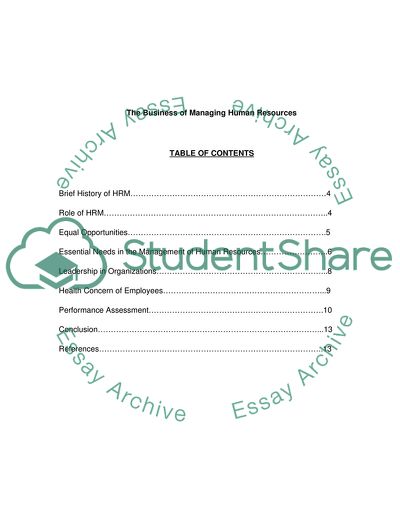Cite this document
(The Business of Managing Human Resources Coursework - 1, n.d.)
The Business of Managing Human Resources Coursework - 1. Retrieved from https://studentshare.org/human-resources/1716293-managing-human-resources
The Business of Managing Human Resources Coursework - 1. Retrieved from https://studentshare.org/human-resources/1716293-managing-human-resources
(The Business of Managing Human Resources Coursework - 1)
The Business of Managing Human Resources Coursework - 1. https://studentshare.org/human-resources/1716293-managing-human-resources.
The Business of Managing Human Resources Coursework - 1. https://studentshare.org/human-resources/1716293-managing-human-resources.
“The Business of Managing Human Resources Coursework - 1”. https://studentshare.org/human-resources/1716293-managing-human-resources.


